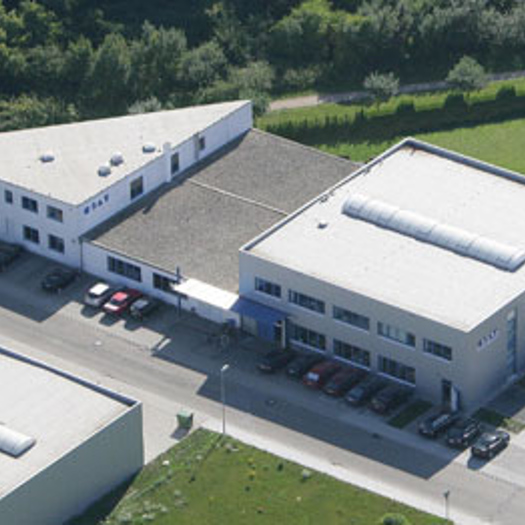While most of the recent announcements from Heidelberg have not made pleasant reading, there was some very interesting news earlier this month concerning its innovation project, Linoprint. Linoprint is a modular inkjet printing system that can be integrated into existing press or finishing lines as well as into new lines. It is aimed initially at the pharmaceuticals, cosmetics and beverages industries as well as packaging firms and suppliers of packaging lines.
Although Linoprint was only introduced to the market in 2008, Heidelberg has been working with inkjet technology for many years and first showed a single-pass monochrome printing system as a technology innovation at Drupa 2000.
When Heidelberg announced Linoprint, it described it as a single-colour integration solution for installation in existing or new packaging lines. Such implementations are now undergoing further development under the name FixedLine. The system is intended for decoration and variable printing in production and packaging lines. The range of substrates stretches from paper and board, to aluminium and films.
However, the key recent announcement was DriveLine, an extension of the Linoprint model that can print to labels, films and board with a high degree of variability and quality.DriveLine will function as a standalone solution and can be employed independent of existing packaging lines, eg for web printing with various substrates. First customer installations of a pilot series of DriveLine printing systems for four-color printing were taken into operation in June 2009.
DriveLine can print a web width of 340mm at 720dpi and Heidelberg claims it can operate at 60m/minute. If this is the case, then these will be very impressive installations. In terms of inkjet label presses, the only product that can match this specification is the Nilpeter/FFEI Caslon, which has a maximum speed of 50m/min at 180x360dpi.
The competition
Other inkjet web-fed label presses such as the EFI Jetrion 4000 and the Sun Chemical Solarjet only print a narrow web up to 165mm in width. The market leader in digital label printing is HP Indigo and its latest press, the WS6000, prints at a speed of 30m/min with a print width of 317mm.
While quality and price remain unproven at present, in terms of speed alone, the data suggest that DriveLine may well be a winning product in the digital label market. It is, however, predominantly targeted at the emerging digital flexible packaging marketplace.
With DriveLine, Heidelberg could be a serious player in the digital printing market, particularly in the label and packaging markets where it already has a significant presence. One only has to look at the Linoprint website (www.linoprint.de) to see the level of its understanding of specialist packaging areas. One can also see interesting clues for future Linoprint developments, and from this one can speculate on where Heidelberg may see inkjet technology for the future.
Linoprint does not state whose drop-on-demand inkjet technology it is using for the DriveLine application. However, it revealed that it employs inkjet technologies from Konica Minolta, Xaar, Panasonic, Toshiba and Dimatix. The Linoprint brochure for Drive line states: "The DriveLine family offers efficient, highly flexible systems that can be adjusted on demand, for the variable packaging printing industry. For the near future, versions are planned, some of which include higher speed and larger printing widths."
Does this mean that Heidelberg plans to just keep this technology for the labels and packaging markets as a short-run replacement for flexo, or does it see that these technologies and Heidelberg's inkjet printing expertise can also be used to move inkjet printing into the offset markets?
Whatever Heidelberg's plans, it is encouraging to see that the company did not abandon the digital printing market when it handed over its share of the Nexpress and Digimaster business to Kodak.
Andrew Tribute is a journalist and consultant in digital pre-press and pre-media marketing technology. See: www.attributes.co.uk
DriveLine proves that Heidelberg is still a serious player in digital print market










